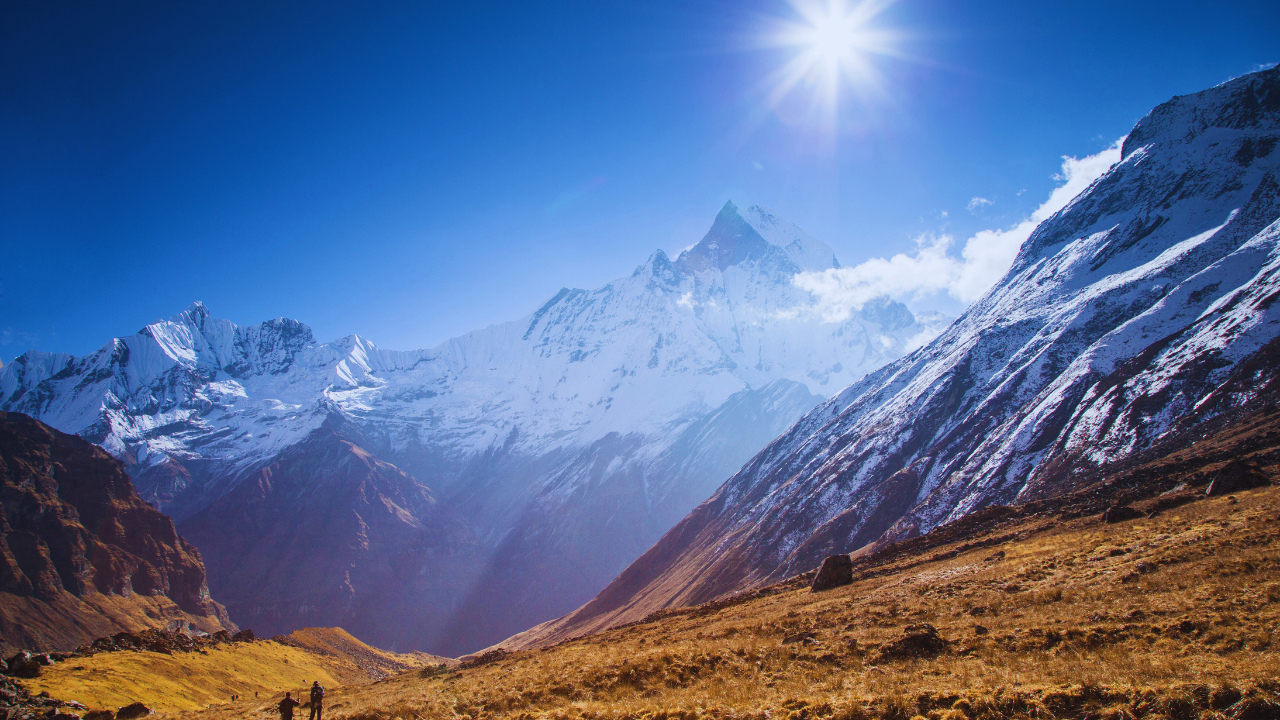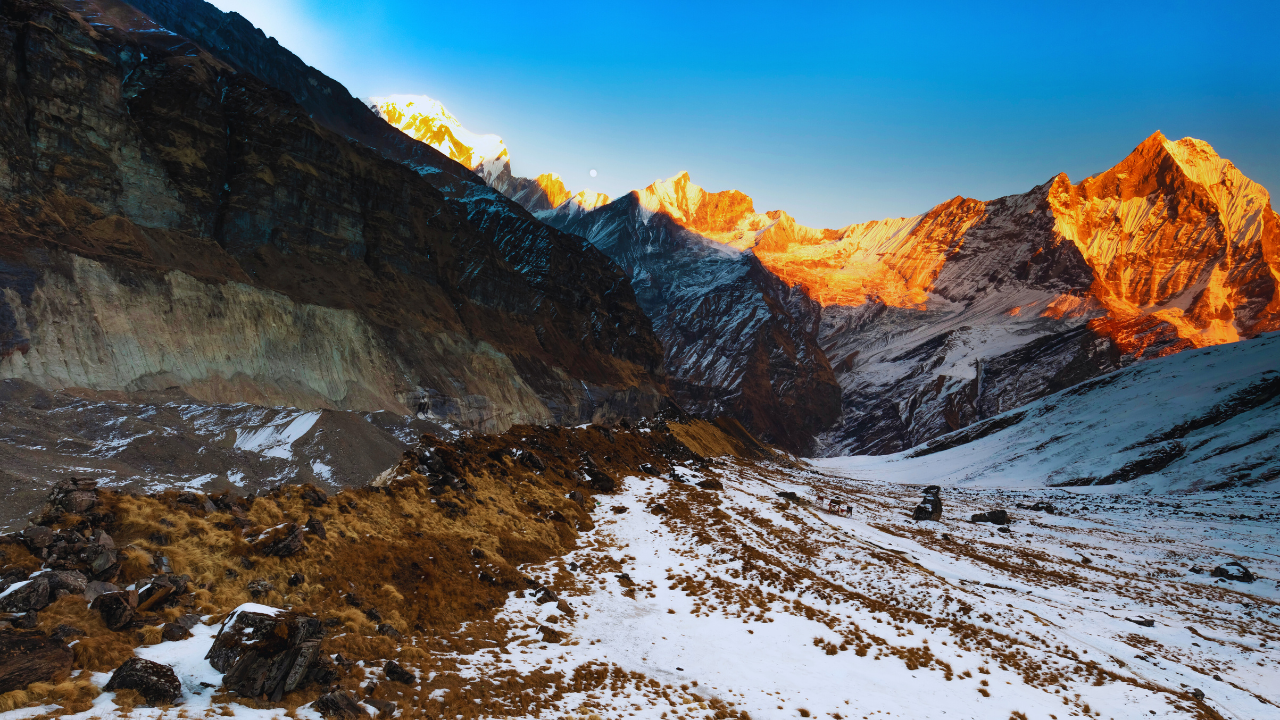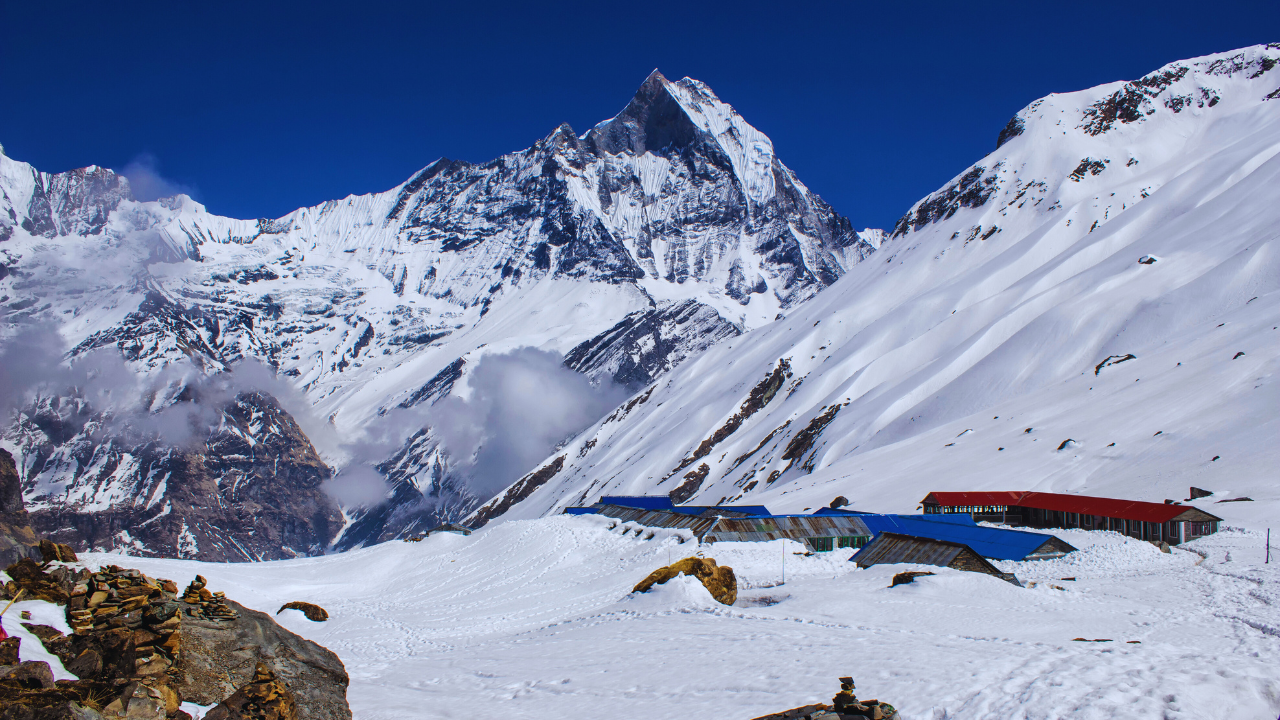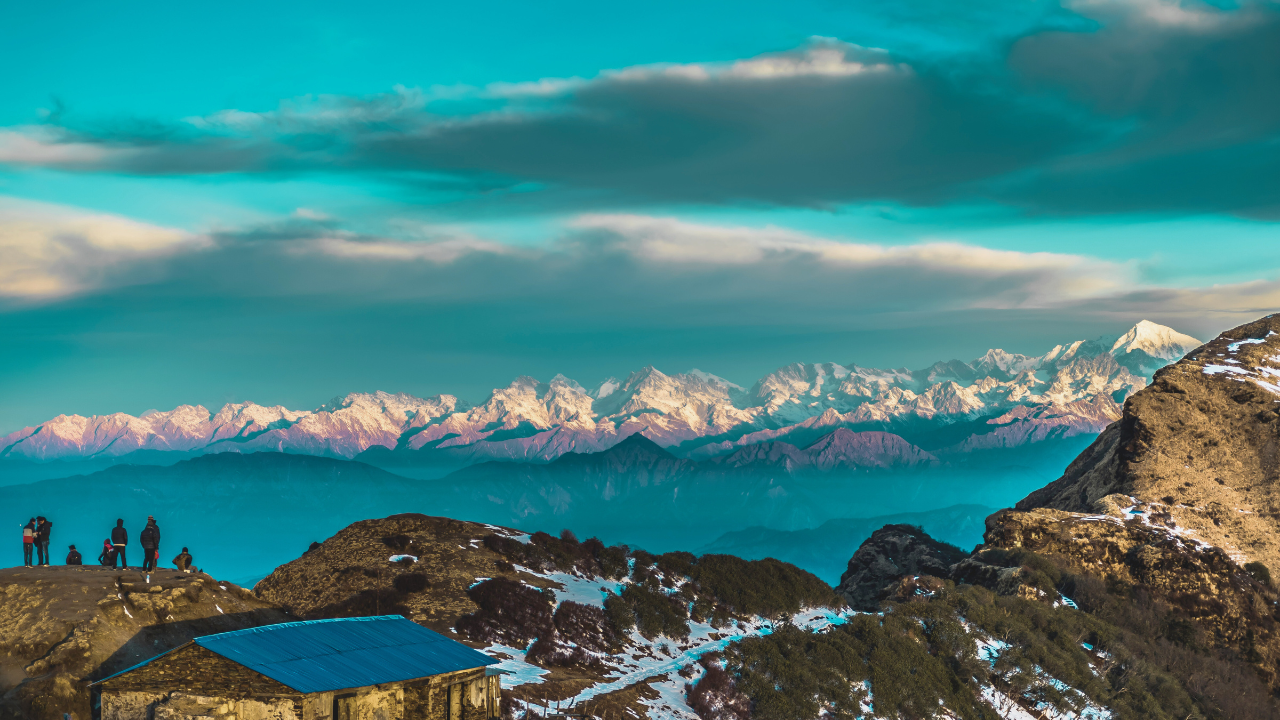As the world's tallest mountain at 8,848.86 metres (29,031.7 ft), climbing Mount Everest is the most mythologized and physically demanding adventure challenge test. It is a lifelong dream for all climbers to reach the summit...but remember, the summit is the goal! One of the questions most prospective climbers and intrigued individuals want the answer to is: how long does it really take climbing Mount Everest?
Short answer: Two months or so, although it is longer than that. Let's break it down.
It takes 6 to 10 weeks ascending Mount Everest, depending upon weather, acclimatisation requirements, logistical arrangements. The timeframe comprises approaching into base camp, acclimatisation rotation, and the ascent to the summit itself.
Here's a general overview:
Your Everest adventure starts long before you set your foot on the mountain.
Most expeditions start with a flight from Kathmandu to Lukla, the tiny hill airstrip on the edge of a cliff-like ridge. Even this flight is an adventure and is frequently postponed due to adverse climatic conditions.
Climbers then walk 7–12 days from Lukla to the Everest Base Camp (EBC) at about 17,598 ft (5,364 metres). The walk passes via villages such as Namche Bazaar, Tengboche, and Dingboche—their rest phases part of acclimatisation and incremental altitude increase.
When getting to Base Camp, actual preparation begins. The climbers acclimatize over three or four weeks. This means doing a process of “rotations”, i.e., training ascents to higher camps but never sleeping there.
Why All That Time?
Your body has to get used to the reduced oxygen amount step by step. Omitting this process raises your chances of contracting acute mountain sickness (AMS), HAPE (high-altitude pulmonary edema), or HACE (high-altitude cerebral edema)—all of which are lethal diseases.
Climbers typically follow the following rotation schedule:
These help acclimate the body and give time for climbers and Sherpas to transport equipment and supplies higher along the mountain. After the final rotation, climbers rest at Base Camp, waiting for a “weather window” for the summit attempt.
After weather becomes suitable—most often late May or early October—the teams execute the summit attempt, an organized schedule from Base Camp to the summit and return.
Here’s the typical route:
Last summit night begins at midnight. Climbers try to be on the summit early in the morning to escape the strong winds and descending in the dark. Summit push and descending will take 5 to 7 days.
Above 8,000 meters, it's the “Death Zone” where oxygen levels are dangerously low and the body begins to deteriorate. Time here should be kept strictly minimized. Almost all climbers make use of supplemental oxygen while approaching Camp 3, 4 and beyond.
And this is why experience, conditioning, and pacing become essential. Exposure over prolonged periods over extreme altitudes has resulted in frostbite, fatigue, and death.
Although 6 to 10 weeks is the norm, a number of things will determine how long your process is going to take:
Yes, but they are rare attempts only made with the very best climbers. A few competitors have climbed Everest in a week with helicopters in an effort to skirt around the Base Camp hike and pre-acclimatization protocols such as hypoxic training or oxygen tents.
A record-rapid ascent from Base Camp took less than 11 hours, accomplished by climber Kilian Jornet—but this kind of fast climbing isn't feasible (or safe) for the general public.
Climbing Mount Everest is not about your level of fitness, rather it is a test of resilience, inner- strength, and determination. If you go on an expedition up there, yes, get fit, but toughen up for the lengthy holds, the unpredictable weather, and surviving the pressure of it mentally.
You can count on a minimum of 6 to 10 weeks. And never forget; coming down and getting down safely, is just as important as climbing up.
Whether you are a dreamer, a planner, or just a relatively adventurous visitor, a true understanding of the events that comprise an Everest expedition should result in a much higher level of appreciation for the tallest mountain on the planet and the individuals who chose to climb it.















































Comments